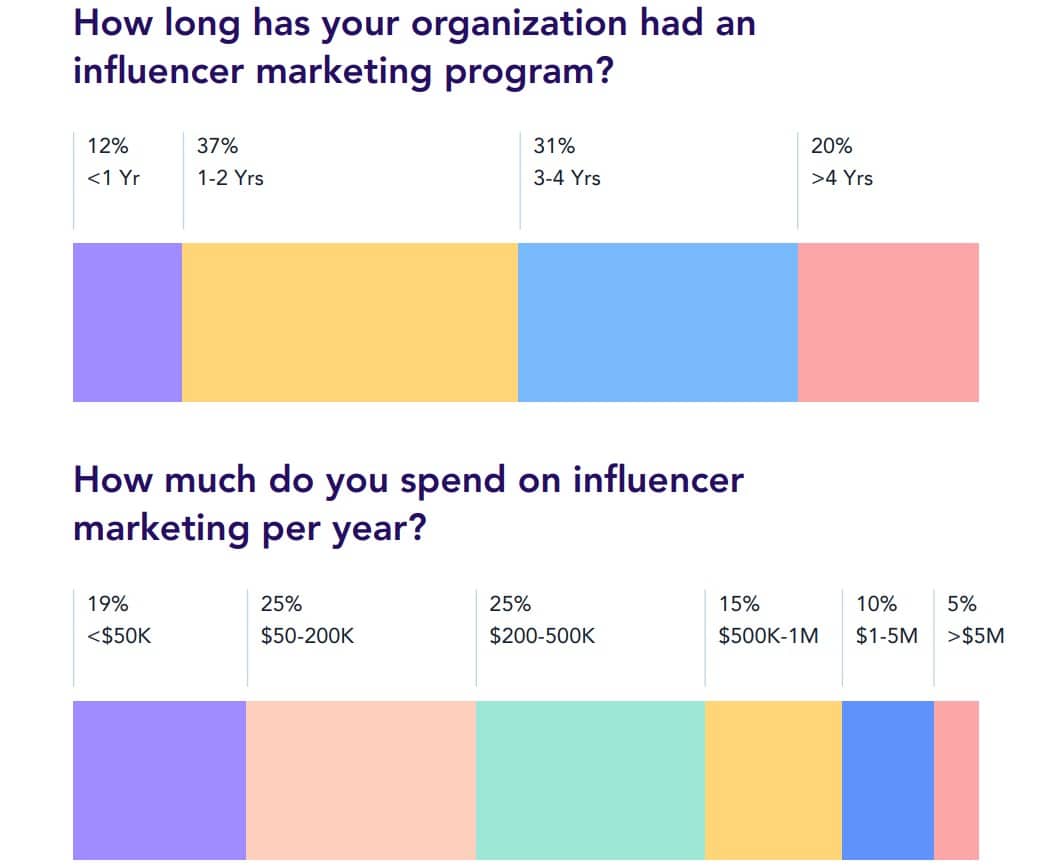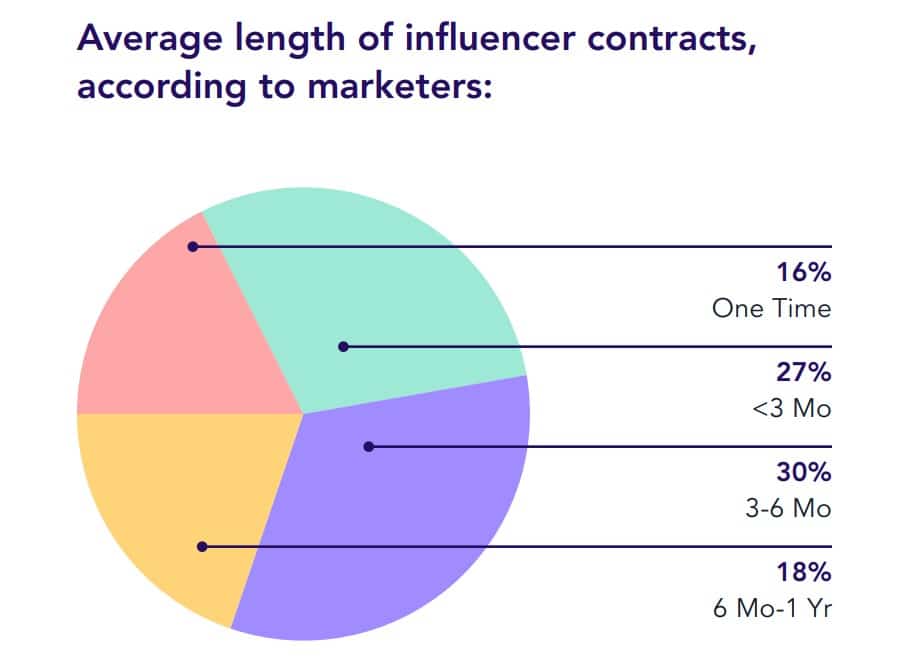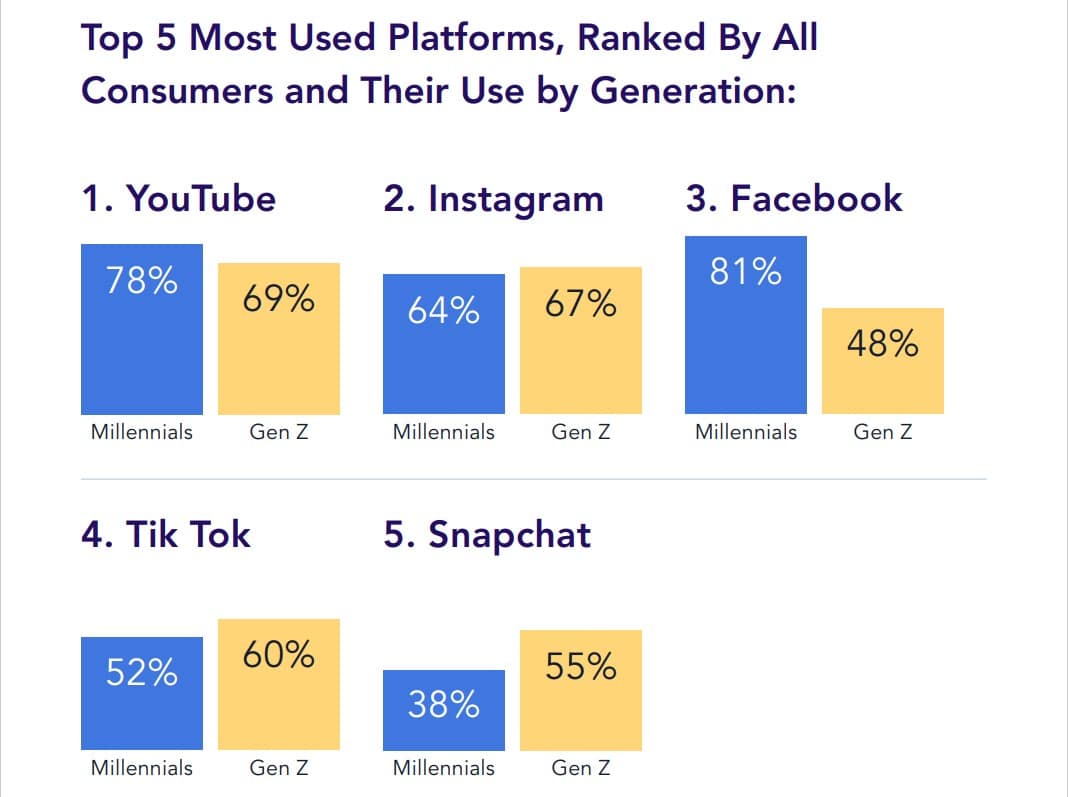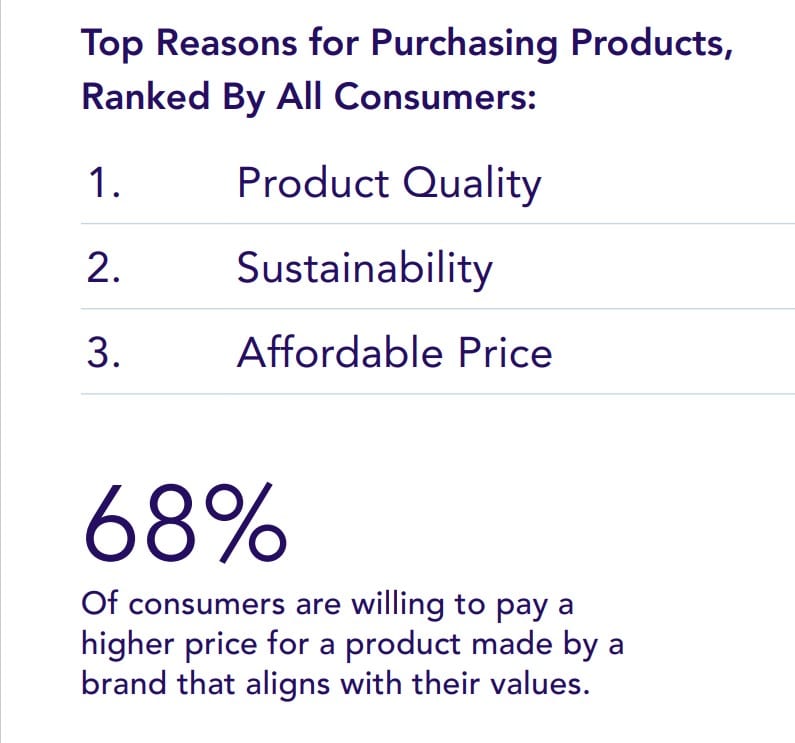As communicators know, getting an influencer into your brand marketing can pay off in spades if you evaluate and choose carefully. But if your influencer isn’t the right fit, your campaign goes nowhere and your investment washes down the bad-marketing drain. However, in today’s marketplace, it could get a lot worse—new research from performance-driven influencer platform Traackr reveals that if you get an influencer known for aligning with one or another side on a values-revealing issue, or otherwise falls from ethical grace in your customers’ eyes, they’ll stop following that person, regardless of his or her redeeming qualities—and they’ll drop your brand for values-adjacent association.
The firm’s new research for its annual Influencer Marketing Impact Report reveals fresh insights on the impact of influencers, social content and platforms on engagement and purchase behavior. The results of the consumer survey show that while influencers still motivate their followers and drive sales for brands, consumers are becoming more selective about where and with whom they spend their money.

More than half (61 percent) of respondents are at least somewhat likely to purchase a product from a brand if an influencer they know and trust posts about it. However, as influencer marketing has become more ubiquitous, the competition to break through the noise and win the loyalty of consumers is hotter than ever. The report reveals new insights into the most popular channels for social commerce and the biggest considerations consumers make when purchasing from a brand.
Consumers weigh brand and influencer values before opening their wallets
Consumers are more discerning about which influencers they follow and ultimately trust—making authentic influencer partnerships all the more important and valuable. Earning that trust is contingent upon both the influencer’s and the brand’s values.
The survey found that 60 percent of consumers at least somewhat agree that they will not buy a product from a brand if it says or does something that conflicts with their values, and 63 percent at least somewhat agree that they would stop following an influencer if they say or do something that conflicts with their values. Female-identifying consumers were 13 percent more likely to have this sentiment about influencers than their counterparts.

“In just the past year, we’ve seen stock prices tank and market share lost for high-profile companies when influencer collaborations don’t land with fans,” said Pierre-Loïc Assayag, CEO and co-founder of Traackr, in a news release. “When the risks are this high, marketers must do their homework to thoughtfully select influencers who align with their values and set up the partnership to accurately and authentically represent their brand mission.”
YouTube ranks most popular for product research, but Facebook and TikTok dominate social commerce
Respondents ranked YouTube as their most used social platform when viewing influencer content or doing product research, followed by TikTok, Instagram and Facebook. However, when asked where they are most likely to purchase products on social, respondents ranked Facebook as the most used platform, followed by Instagram, YouTube, TikTok, and Pinterest. When comparing Gen Z and Millennials, Gen Z was more likely to rank TikTok, Instagram and YouTube ahead of Facebook.

“These differences highlight the need for marketers to tailor their influencer marketing strategies to exactly who they are targeting and what they hope to achieve with their campaigns,” said Assayag. “Awareness campaigns may perform better on YouTube, where Meta-owned properties might drive more conversions, depending on the target audience. There is no one-size-fits-all approach to winning influencer marketing, and the brands that continuously experiment, analyze and iterate will have a competitive advantage in the market.”
“The consumer behavior evolves heavily on Pandora’s social media channels,” said Kristi Bajrami, global influencer strategy and creator lead of Pandora, in the release. “We see that most of our community on TikTok and Instagram are interested in snackable content formats; either focusing on storytelling, product or engaging angles. We offer our consumers a variety of different content formats they love, like trends, viral products, styling and how-tos, which gives us the opportunity to share quick content and engaging messages that resonate with our audience. As a result, tailoring our content to this preference has led to higher unique reach, high engagement rates and an interactive exchange.”

Brand partnerships remain a vital component of creator revenue streams
Influencers are on the fringe of a creative industry that’s involved in tenuous labor rights debates, still figuring out how to earn a fair wage creating content—especially those with small or mid-sized followings. Some industry insiders have suggested paywalled content or branching off to develop their own product lines as ways to add revenue streams. However, the survey shows that this might be fairly challenging for influencers. Only 41 percent of consumers at least somewhat agree that they would pay for a favorite or trusted influencer’s exclusive content, while 56 percent are at least somewhat likely to purchase a product from an influencer-owned brand they follow.
“Creators are looking for better financial security and stability and will start focusing on brand partners that can help them get there,” said Christen Nino De Guzman, founder of Clara for Creators, in the release. “Brands that want successful influencer programs should not only invest in long-term creator relationships, but they should start also dreaming up new ways to work with creators beyond a single paid post.”
Brands can look to distinguish themselves by focusing on long-term partnerships over ad hoc posts and out-of-the-box collaborations that go beyond traditional sponsored content and allow influencers to do what they do best—create entertaining, informative and resonant content.
Download the full report here.
The survey was conducted for this report using the online survey platform Pollfish. The sample of 1,000 individuals in the United States was surveyed between August 1, 2023, and August 14, 2023. The margin of error is ±4 percent and no additional weighting was done to the initial sample. Pollfish’s survey platform delivers online surveys globally through mobile apps and the mobile web along with the desktop web.







